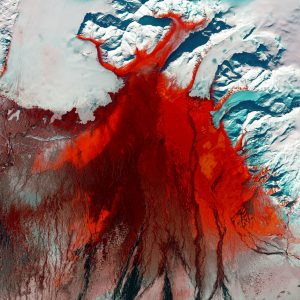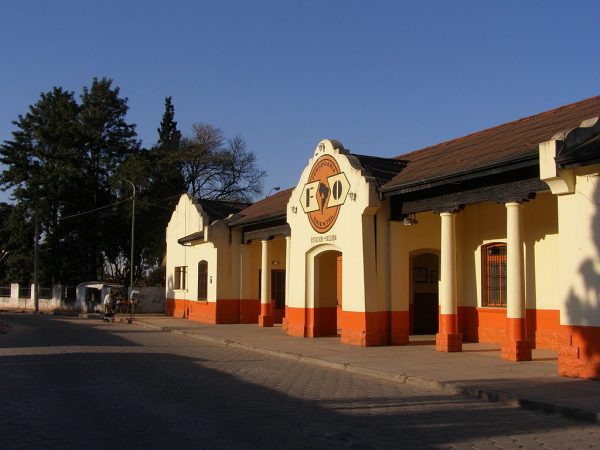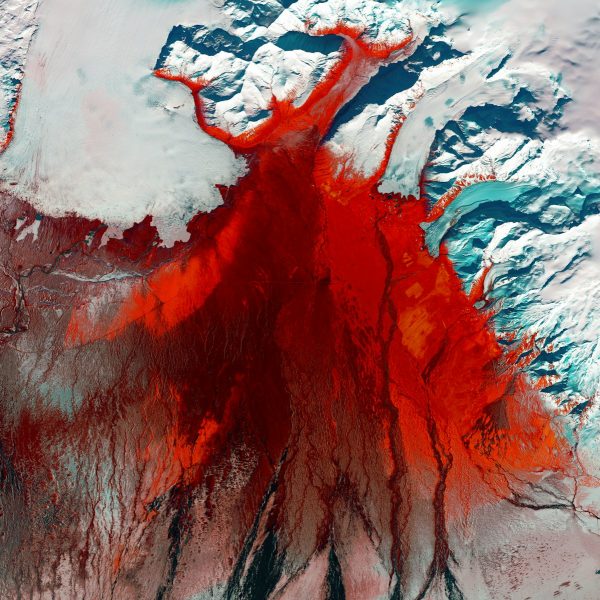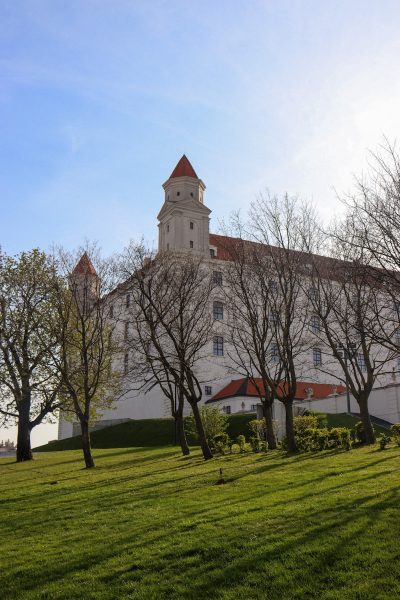For many of us Iceland is a mystery, it’s just that small island that caused all the air travel disruptions in 2010 when the Eyjafjallajökull volcano erupted but Iceland volcanoes are only part of the beauty of Iceland.
Iceland is home to 32 volcanic systems and is one of the most volcanically active locations on the globe, with an average eruption every four years. However, the period of volcanic eruptions can range from minutes or hours to months or even years.
What can only be called breath taking is when the hot 1,200°C basalt magma meets ice and explodes into Black Ash.
Why so Many Volcanoes
Iceland sits on top of where the North American and Eurasian tectonic plates separating which has caused a 25 mile long crack in the ocean floor. This crack allows the release of the magma below the surface creating Iceland’s volcanoes. On the plus side of all this volcanic activity is that Iceland uses this thermal activity is it allows Icelanders to heat their homes and produce 85% of the countries hydroelectric power.
List of all Iceland Volcanoes
| Askja | Helgrindur | Reykjanes |
| Bárðarbunga | Hengill | Snæfell |
| Brennisteinsfjöll | Hofsjökull | Snæfellsjökull |
| Eldey | Hrómundartindur | Tindfjallajökull |
| Esjufjöll | Katla | Torfajökull |
| Eyjafjallajökull | Krafla | Tungnafellsjökull |
| Fagradalsfjall | Krýsuvík | Vestmannaeyjar |
| Fremrinámar | Kverkfjöll | Þeistareykir |
| Grímsnes | Langjökull | Þórðarhyrna |
| Grímsvötn | Ljósufjöll | Öræfajökull |
| Heiðarsporðar | Prestahnúkur | Beerenberg |
| Hekla |
Key Volcanic Destinations
1. Þingvellir National Park
A UNESCO World Heritage Site, Þingvellir is the best place to witness the tectonic rift between the North American and Eurasian plates. Although not a volcanic site per se, it is geologically significant and provides a foundation for understanding Iceland’s volcanic activity.
Highlights:
- Walk through the Almannagjá fissure.
- Dive or snorkel in Silfra, a rift filled with crystal-clear glacial water.
2. Mount Hekla
Known as the “Gateway to Hell” in medieval times, Hekla is one of Iceland’s most famous volcanoes. Its frequent eruptions have made it a focal point for scientists and adventurers alike.
Highlights:
- Hiking trails to the summit (requires preparation).
- Stunning panoramic views of the surrounding highlands.
3. Eyjafjallajökull
This volcano gained global attention in 2010 when its eruption disrupted international air travel. Its glacier-capped peak is a striking sight.
Highlights:
- Nearby Seljalandsfoss and Skógafoss waterfalls.
- Learn about the 2010 eruption at the Eyjafjallajökull Visitor Centre.
4. Katla Volcano
Hidden beneath the Mýrdalsjökull glacier, Katla is one of Iceland’s most powerful and dangerous volcanoes. Though it hasn’t erupted since 1918, it remains under close observation.
Highlights:
- Glacier hikes on Mýrdalsjökull.
- Black sand beaches at Vik, formed by volcanic activity.
5. Askja
Located in the remote highlands, Askja is famous for its massive caldera and the geothermal lake Víti, where visitors can bathe.
Highlights:
- Moon-like landscapes used by NASA for training astronauts.
- Hiking trails leading to Víti and Öskjuvatn, the deepest lake in Iceland.
6. Grímsvötn
Situated under the Vatnajökull glacier, Grímsvötn is Iceland’s most frequently erupting volcano. Its eruptions create massive glacial floods known as jökulhlaups.
Highlights:
- Explore Vatnajökull National Park.
- Experience glacial hiking and ice caves.
7. Krafla
Located in the north, Krafla is part of a volcanic system with a history of eruptions and geothermal activity.
Highlights:
- Visit the Víti crater, filled with a turquoise lake.
- Explore the nearby Námafjall geothermal area
Best Time to Visit
Iceland’s volcanic sites can be visited year-round, but the experience varies greatly depending on the season:
- Summer (June to August): Extended daylight hours make it ideal for hiking and exploring remote areas.
- Winter (November to February): Offers a chance to combine volcanic exploration with Northern Lights viewing.
Volcanic Tours and Activities
1. Guided Volcano Tours
Many companies offer guided tours to Iceland’s most famous volcanoes. These tours provide expert knowledge and ensure safety in challenging terrains.
Popular Options:
- Super jeep tours to remote volcanic areas.
- Helicopter tours offering aerial views of volcanic craters.
2. Lava Caving
Explore the underground lava tubes formed by past eruptions.
Recommended Caves:
- Raufarhólshellir (The Lava Tunnel).
- Víðgelmir, Iceland’s largest lava cave.
3. Geothermal Spa Experiences
Iceland’s geothermal activity creates natural hot springs, perfect for relaxation after a day of exploration.
Top Spots:
- Blue Lagoon near Reykjavik.
- Mývatn Nature Baths in the north.
Travel Tips
1. Safety First
Volcanic landscapes can be unpredictable. Always follow these guidelines:
- Stay on marked trails.
- Check weather and eruption warnings.
- Travel with a guide in remote areas.
2. Packing Essentials
- Warm, waterproof clothing and sturdy hiking boots.
- A reliable GPS and map for navigating remote areas.
- High-energy snacks and water for long hikes.
3. Transportation
Renting a 4×4 vehicle is recommended for accessing volcanic areas in the highlands.



